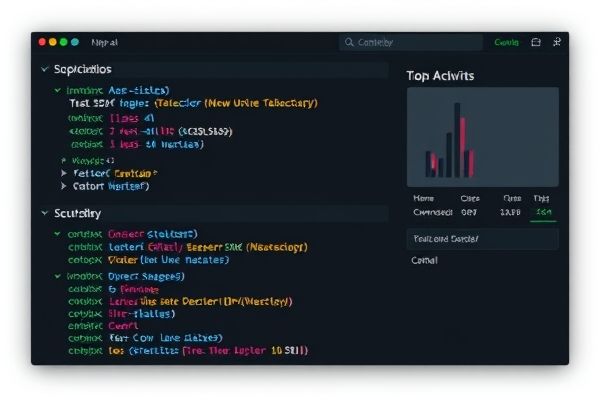Could a simple flaw compromise your entire Kubernetes environment? Recent vulnerabilities uncovered in the Ingress NGINX Controller pose severe risks, exposing over 6,500 clusters to the threat of unauthenticated remote code execution. In this article, we delve into these vulnerabilities, their implications, and crucial strategies for remediation.
Key Takeaways:
- ✅ Explore the vulnerabilities impacting the Ingress NGINX Controller.
- ✅ Understand the risks associated with unauthorized access.
- ✅ Recognize the urgency of prompt software updates and security measures.
- ✅ Learn how to strengthen Kubernetes cluster defenses against these threats.
Vulnerability Overview:
The vulnerabilities, dubbed “IngressNightmare,” stem from critical flaws within the admission controller of the Ingress NGINX Controller. Assigned a CVSS score of 9.8, these vulnerabilities signal severe risk levels. Capable of enabling unauthorized access through remote code execution, they threaten to expose sensitive cluster data and provide a pathway for malicious actors.
Attackers can exploit these weaknesses by sending crafted ingress objects directly to the admission controller, which remains accessible over the network lacking authentication. This exploitation permits code execution and unauthorized access to sensitive secrets across all namespaces, which ultimately leads to severe breaches. For a detailed analysis, refer to Wiz’s report here.
Mitigation Strategies:
Organizations must act immediately to mitigate these vulnerabilities. Upgrading to the latest versions of the Ingress NGINX Controller—1.12.1, 1.11.5, and 1.10.7—will resolve the identified security weaknesses.
Moreover, it is essential to restrict access to the admission webhook endpoint by permitting only the Kubernetes API Server. If operational needs permit, temporarily disabling the admission controller can further reduce exposure. Given that approximately 43% of cloud environments are at risk, implementing these measures is crucial for protecting organizational assets.
Conclusion:
The vulnerabilities in the Ingress NGINX Controller highlight the importance of robust cybersecurity measures within cloud infrastructures. By implementing proactive steps—like regular software updates and strict access controls—organizations can significantly diminish their risk of exploitation. Preparedness and vigilance are key to safeguarding sensitive data in the ever-evolving landscape of cybersecurity.
FAQs:
- Q: What function does the Ingress NGINX Controller perform in Kubernetes?
A: It acts as a load balancer and reverse proxy, managing external access to services running within a Kubernetes cluster. - Q: How critical are the vulnerabilities identified in Ingress NGINX Controller?
A: These vulnerabilities, with a CVSS score of 9.8, leave environments open to unauthorized access and potential data breaches. - Q: What actions should organizations take in light of these vulnerabilities?
A: Promptly updating software and implementing restrictive access controls are essential first responses. - Q: How can organizations stay ahead of cybersecurity threats?
A: Keeping up with industry news, following security advisories, and utilizing threat intelligence can help organizations anticipate and prepare for new vulnerabilities.



